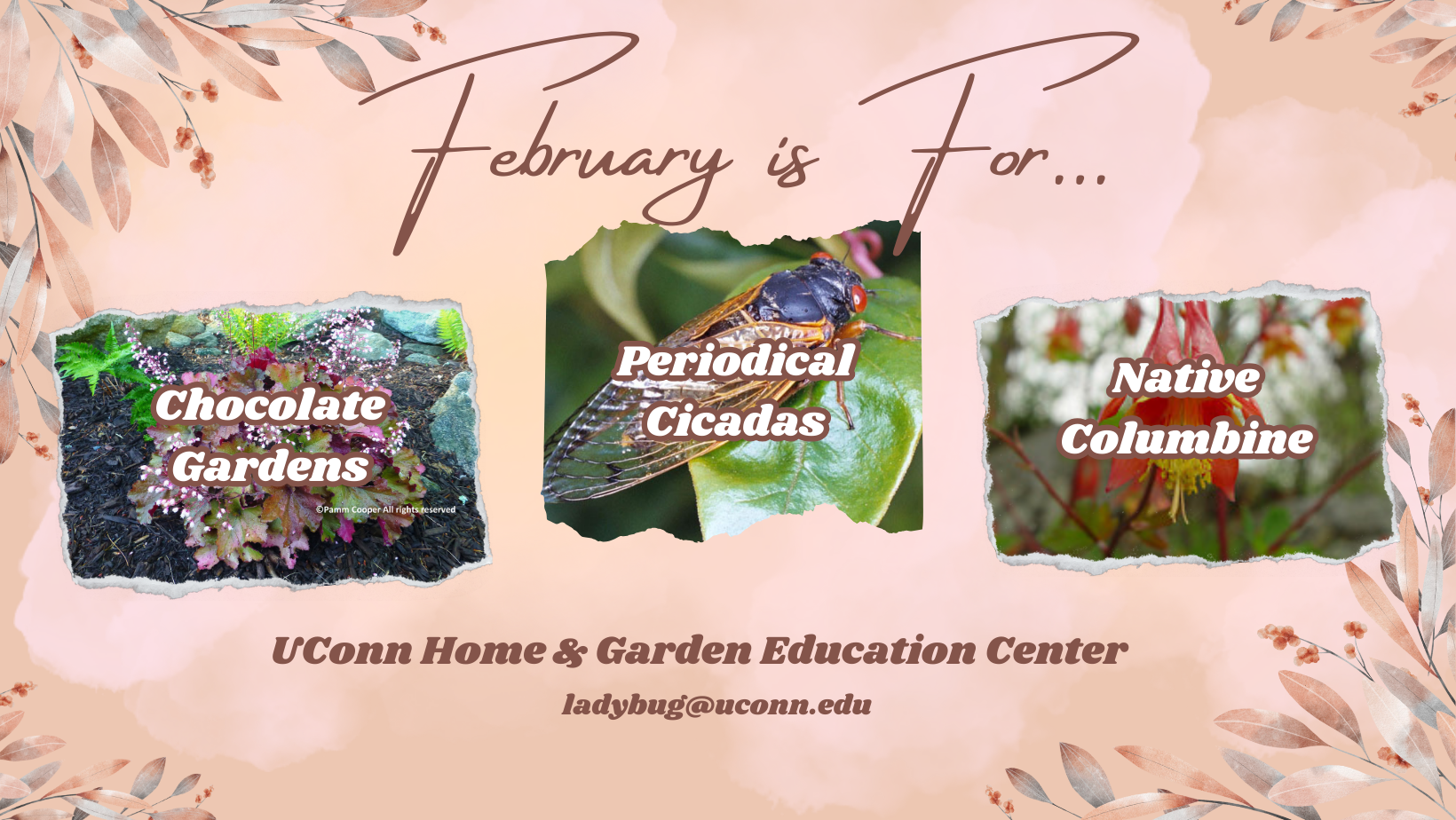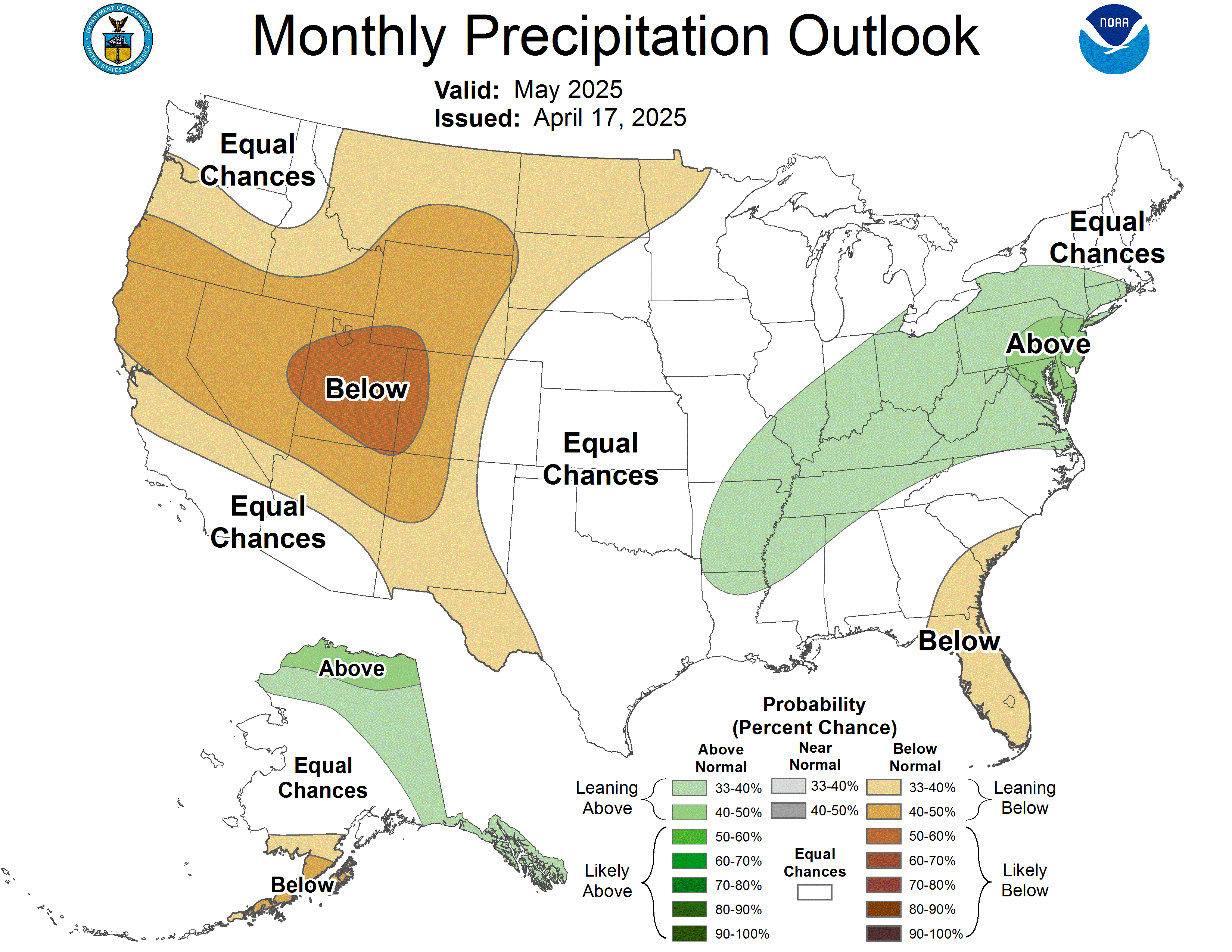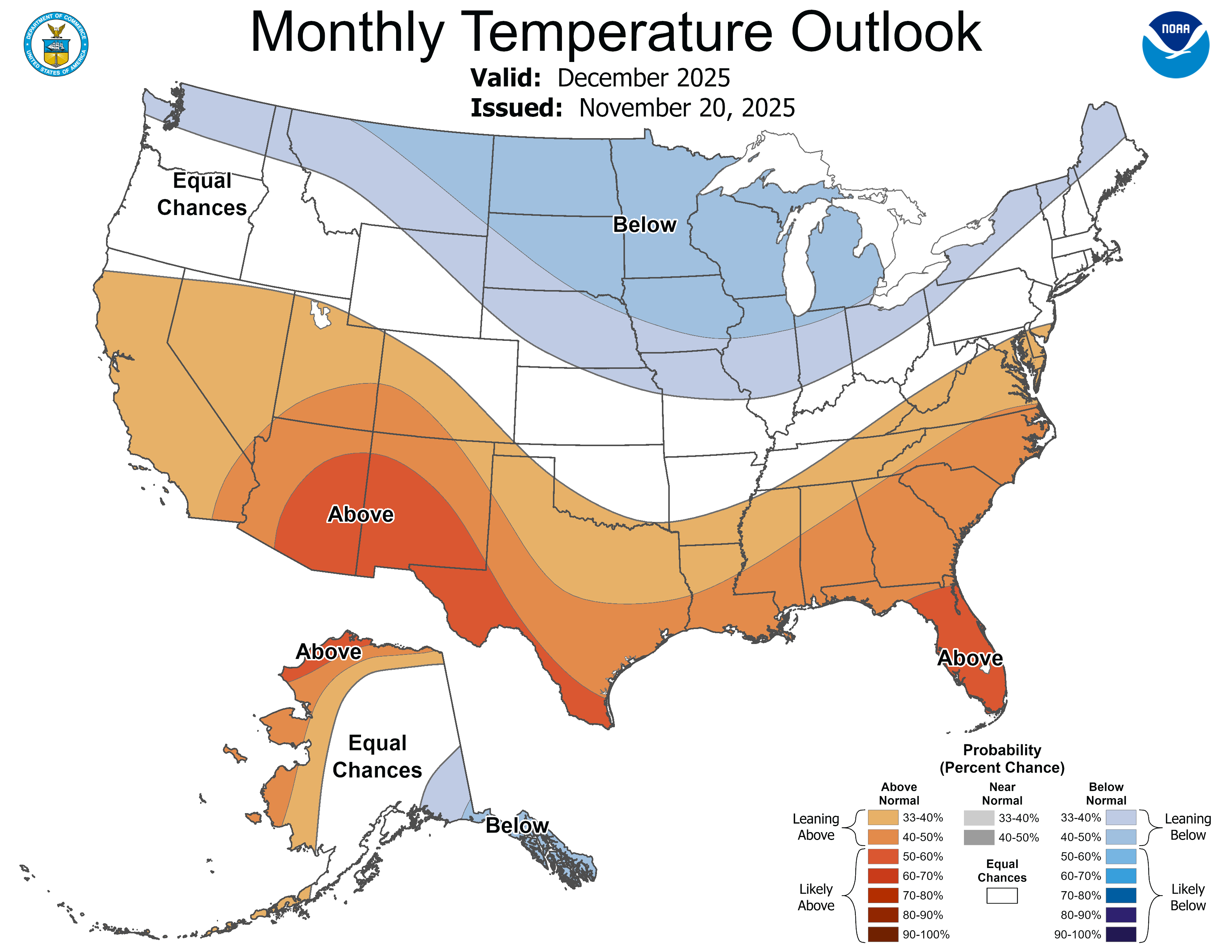Chocolates for Your Valentine!
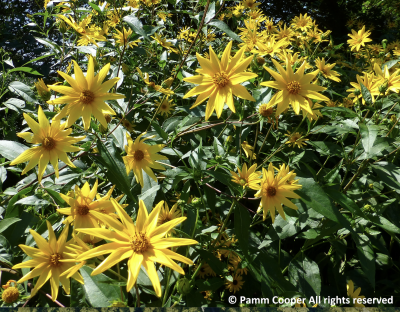
Many of us celebrate Valentine’s Day with a box of chocolates. What if you surprised your valentine with a chocolate garden that could last them all growing season long? We've found a couple of lists for you that can help you plan a garden that has the sights, smells, and even tastes of our favorite valentine’s day treat and compliments to make it pop! Check out these plant lists to help you create your own chocolate garden for this spring!
What’s the Buzz About Cicadas in 2024?
You may have heard the media buzz already that there is going to be a significant event this year in the entomology world. Periodical cicadas, who emerge on either a 13 year or 17 year cycle, will overlap for the first time in 221 years! Many are preparing to see an increase in insect activity and asking us how to best prepare their gardens. While this is indeed fascinating, there are a few details that are being left out of the whole story and we want to help set the record straight!
These periodical cicadas are species that spend a significant part of their life underground. However, there are multiple populations, known as "broods" that emerge on different schedules. Because of this, it is typical to see a 13 year brood and a 17 year brood emerge "together" roughly every 5 years. These insects will emerge, begin singing their chorus of mating songs, and feed on nearby woody ornamentals. However, their damage is rarely extensive.
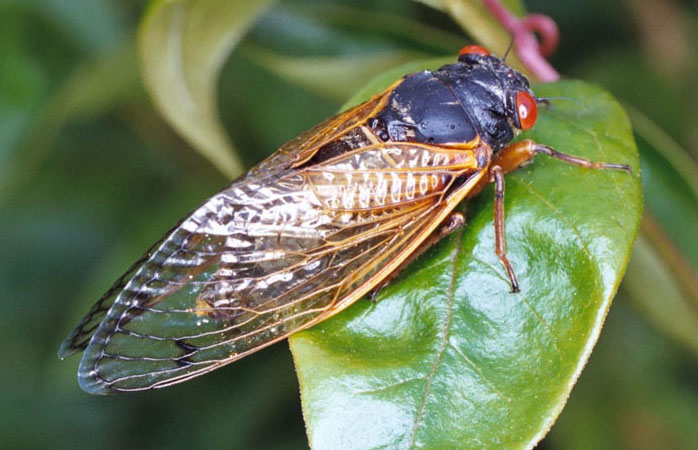
Over the years, scientists have been able to map exactly where specific broods live. The two broods of interest this year, Brood XIX (13 year) and Brood XIII (17 Year) will emerge in adjacent locations, but the overlap is not anticipated to be significant. It is indeed the first time in 221 years that these two specific broods are emerging at the same time.
The greatest impact may be found around Springfield, Illinois and surrounding areas. Here in Connecticut, we will not see these broods. While we may not see the once in a lifetime periodical cicada emergence here at home, we will still be able to enjoy the songs of our Annual Cicadas. Keep an ear out for them this summer. To learn more about periodical cicadas, check out the link below!
Native Plant Highlight: Red Columbine
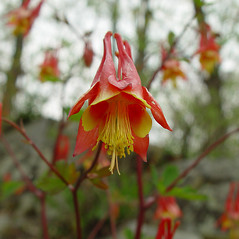
Red columbine (Aquilegia canadenis) is a shade-loving perennial that has attractive foliage and eye-catching red and yellow flowers that resemble tiny ballerinas. It attracts hummingbirds, butterflies and hawk moths. As a short-lived perennial, it prefers to self-sow and pop up in places with bare soil. Plant or sow columbine seeds in areas where you are waiting for other plants to grow. It will prove to be a good competitor for weeds To learn more about this beautiful native perennial, visit GoBotany: Aquilegia canadensis
Wildlife Highlight: Brandt Goose

Along the Connecticut shoreline there are many species of birds that can only be found here in the winter. Among them are Brant geese, sanderlings and ruddy turnstones. Brant geese resemble Canada geese but are smaller and lack the white cheek patch. These geese breed in the lower Arctic regions. Look for small groups of them foraging off rocks and dipping in the salt water for vegetation.
February 2024 Weather Outlook
A seasoned gardener always keeps their eye to the sky at any time of year! NOAA's National Weather Service released their discussion about how weather patterns will continue to shape this winter season.
Knowledge to Grow On

Read our Ladybug blogs written weekly
Bonsai for Beginners
A Glimpse of Some Connecticut Lichens
Calculating Slope for Your Landscape
Pretty Cape Primroses
Upcoming Events and Things to Do
 The UConn Home & Garden Education Center will have a booth at the CT Flower & Garden Show to answer plant questions, provide free pH testing for your soil samples, and we will be having speakers every day of the show.
The UConn Home & Garden Education Center will have a booth at the CT Flower & Garden Show to answer plant questions, provide free pH testing for your soil samples, and we will be having speakers every day of the show.
- Thursday 11:00AM - Dawn Pettinelli
- Healthy Soils, Healthy Plants, Healthy You
- Friday 12:30PM - Pamm Cooper
- Home on DeRange
- Saturday 12:30 PM - Heather Zidack
- Home Gardening Tips in a New Home
- Sunday 11:00AM - Dr. Nick Goltz
- The Plant Doctor is In: Flower Disease 101
- Thursday 11:00AM - Dawn Pettinelli
- Check out the CT Winter Wine Trail - From January 6th to March 30th, 13 wineries in the state participate in a passport program where visiting each of the sponsors can lead to prizes and adventure!
- Get your seeds and seed starting supplies, locally! While many big box stores can be a great resource for affordable seed and seed starting products, local businesses like Natureworks Organic Garden Center, Hart Seed Company, Comstock Ferre and other garden centers throughout the state are starting to provide these products and their expertise as well! February is still a great time to get a jump on your gardening chores!
Educational Opportunities and Workshops
- The 2024 Northeast Extension Fruit Consortium winter series features sessions in February and March. Specific dates for various sessions and registration information can be found on their web page.
- February 10th, 11AM-2PM in Litchfield, CT Cut it Out! The Local History and Practice of Ice Harvesting - Learn about how ice was harvested and stored right here in Connecticut!
- Mark your calendars for the CT Compost Conference (Details Below)
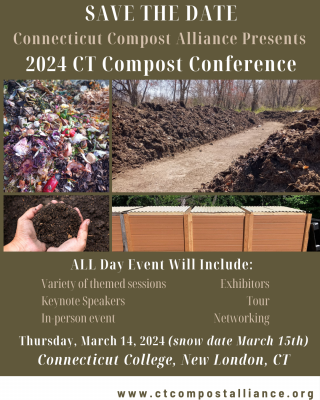
February Gardening Tips
1. Recent temperature swings may cause perennials to heave out of the ground. Gently push them back into the soil or cover with mulch.
2. If you potted bulbs for forcing last fall, check their progress. Soil should be barely moist. If tips have sprouted and have a few inches of growth, bring the pot into a cool, bright room (50 to 60 degrees F). Gradually expose the plant to increasing warmth, indirect sunlight, and increased watering. Feed once a week with half-strength houseplant fertilizer. To help the stems grow straight, turn the pot every day. When buds and foliage are fully developed, bring into full sunlight, and enjoy!
3. Begin fertilizing houseplants with a water-soluble fertilizer as they resume active growth.
4. Turn the compost pile during any stretches of mild weather.
5. If you’re starting seeds under fluorescent lights, check the light tubes for signs of age. Dark rings on the ends of tubes means they should be replaced. Dispose of properly.
6. Prune grape vines at the end of the month.
7. This is the tine to prune currants. On a mild day, remove all deadwood and low shoots that are over 3 years old. Prune to an outward-facing bud. Prune apple and pear trees as the weather allows.
8. When using salt to melt ice on walks and driveways, spread it carefully to avoid damage to nearby shrubs. Consider using sand or sawdust instead. After the snow melts, flush the area around the roots exposed to salt with fresh water.
9. If you are overwintering plants into your garage or cellar, check the soil to see if it needs water. If the soil is frozen, it may be in too cold of a spot.
10. Bring pruning tools inside and clean them for the upcoming season. Disassemble hand pruners, and loppers. Sharpen the blades, oil the levers, and remove any rust.
Photo Op: Fascinating Sights
See something cool in your garden? Send your pictures to us at ladybug@uconn.edu with subject line “Newsletter Photo” and a brief caption to be considered for next month’s highlight!
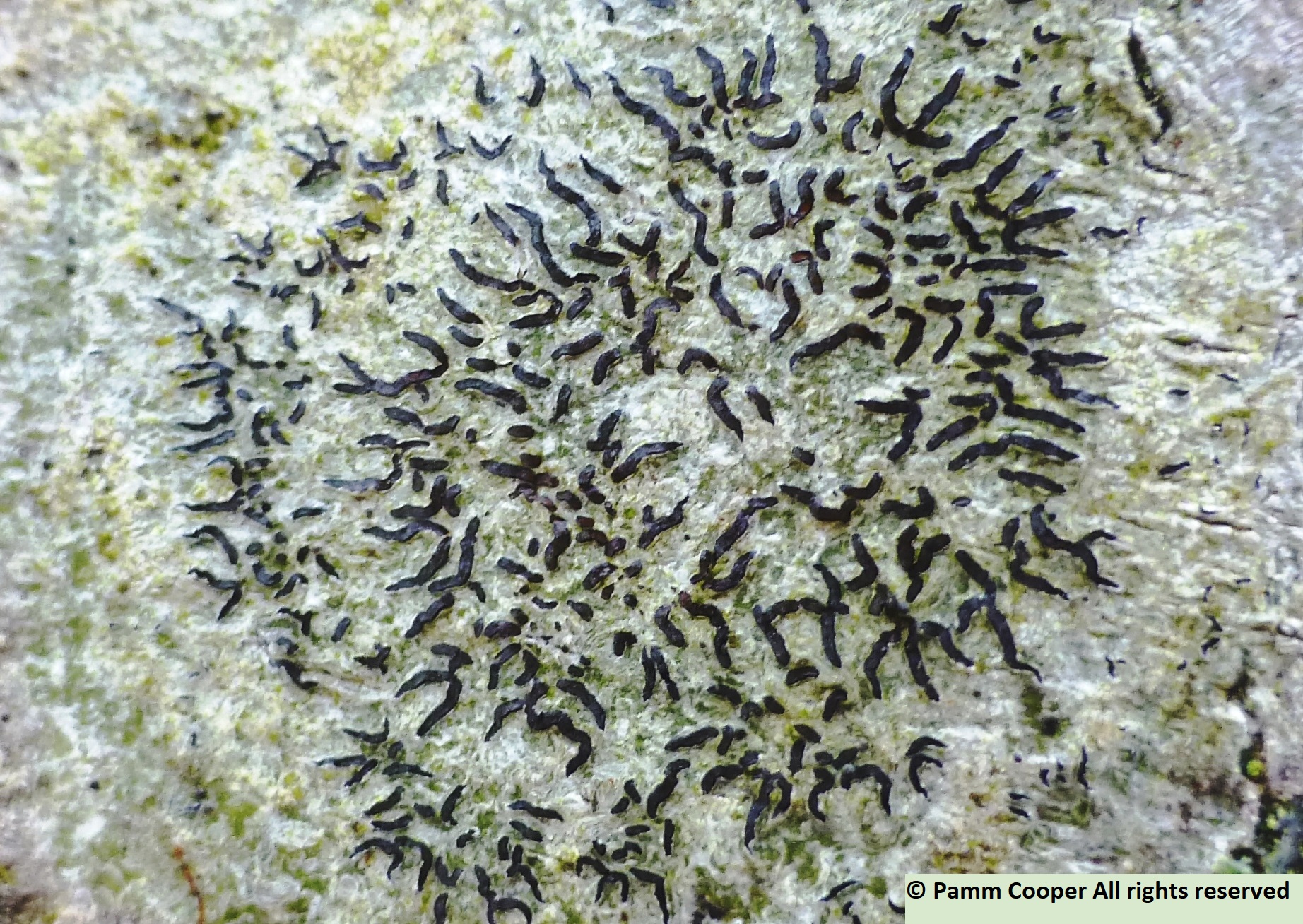
Graphis scripta script lichen Oak grove Jan 2024 for newsletter by Pamm Cooper
This Month’s Newsletter Contributors:
Pamm Cooper, Dr. Nick Goltz, Dawn Pettinelli, Marie Woodward, Heather Zidack
